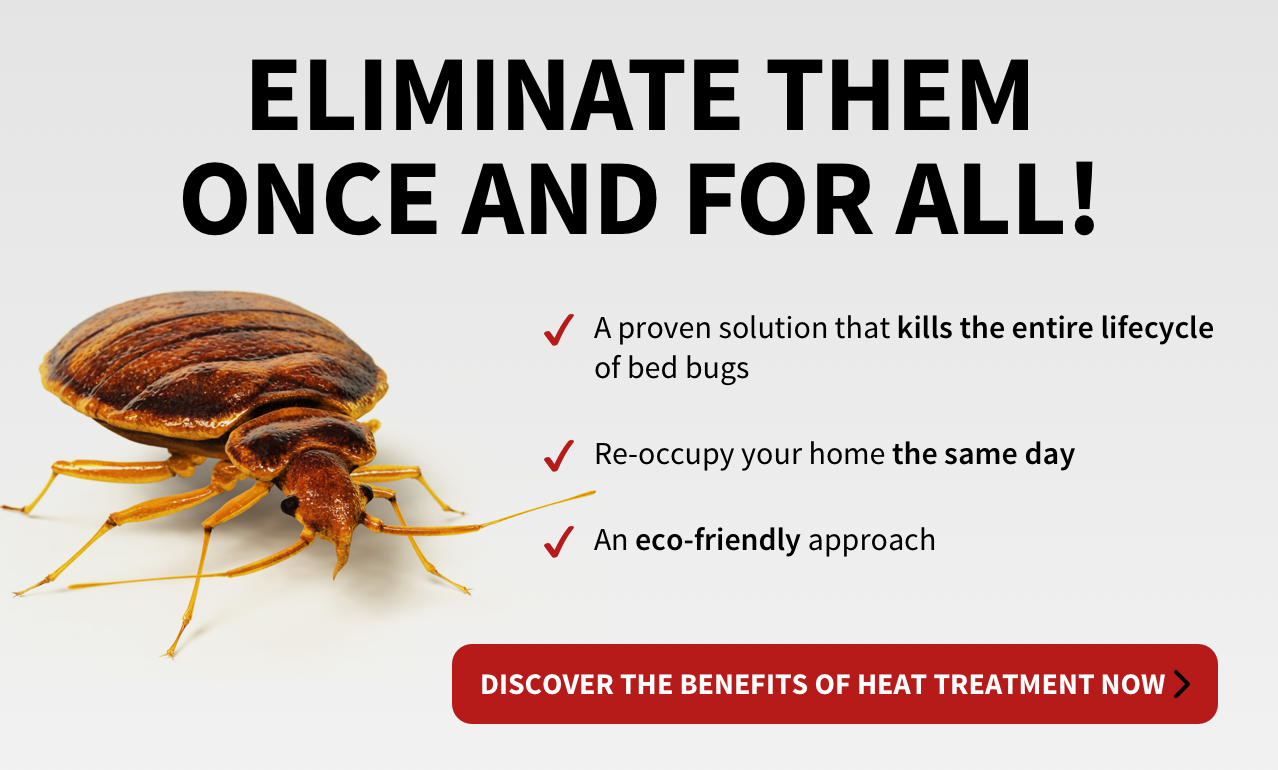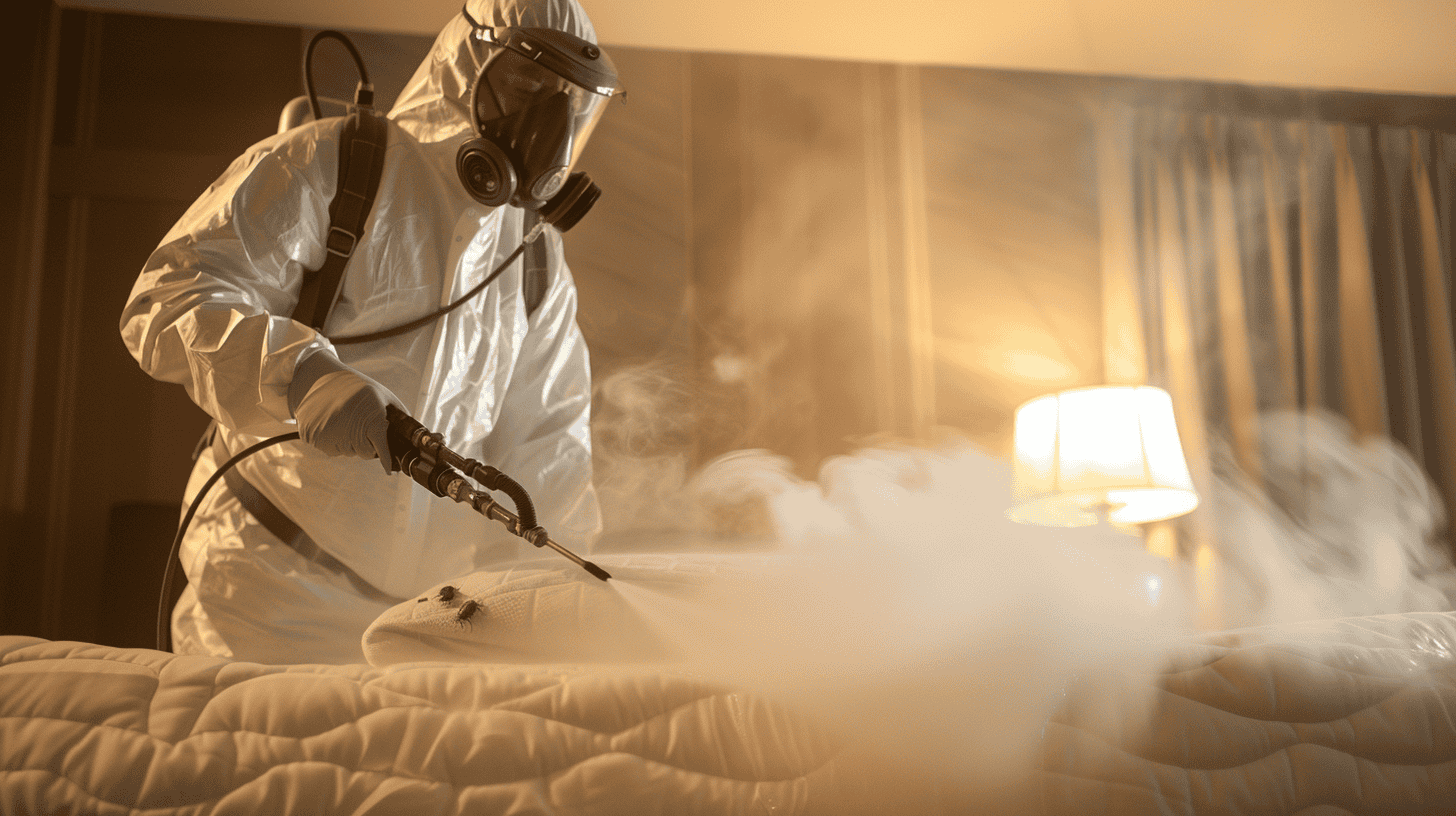Get Enlightened About the Types of Insect Control Approaches and Their Advantages for Homeowners
Recognizing the numerous parasite control approaches offered to homeowners is necessary for reliable insect monitoring. From chemical and biological approaches to mechanical and cultural methods, each technique provides special benefits that can considerably influence both health and wellness and ecological security. Property owners that are educated can make tactical options that not only address parasite issues but also improve the overall quality of their living setting. As we explore these methods further, it ends up being clear that the decision-making procedure involves more than simply immediate results; it discuss lasting sustainability and well-being. What elements should affect these essential choices?
Chemical Insect Control Techniques
Chemical insect control techniques are a critical component of integrated parasite administration approaches for house owners seeking effective remedies to pest invasions. These approaches involve the application of chemical substances designed to remove or prevent parasites that threaten personal building, wellness, and convenience. Common chemicals used include pesticides, rodenticides, fungicides, and herbicides, each customized to target specific parasites.
The key advantage of chemical insect control is its fast performance; several solutions give prompt outcomes, reducing pest populations substantially quickly. Additionally, breakthroughs in chemical solutions have led to products that are extra ecologically friendly and have lower toxicity levels for non-target microorganisms when applied correctly.

Biological Insect Control Techniques
All-natural bug control techniques have actually obtained prestige as homeowners seek safer and extra lasting options to standard chemical strategies. Organic bug control strategies utilize natural killers, bloodsuckers, or pathogens to handle pest populations efficiently. This method is not only environmentally pleasant but additionally lessens the threat of injury to non-target varieties, including beneficial insects and wildlife.
Among one of the most typical biological control methods entails introducing all-natural killers into the atmosphere. Ladybugs can be utilized to manage aphid populaces, while nematodes target soil-dwelling parasites like grubs. In addition, parasitoids-- microorganisms that live on or within a host-- can be utilized to regulate certain pest species by laying eggs inside them, eventually resulting in their demise.
An additional strategy is making use of biopesticides, which are obtained from all-natural materials such as minerals, germs, or plants (bed bug exterminator). These products can efficiently target pests while positioning minimal threat to humans and animals. In general, biological insect control techniques supply property owners with an efficient ways of bug monitoring that straightens with eco-friendly principles, advertising a much healthier living atmosphere while reducing dependence on synthetic chemicals
Mechanical Bug Control Strategies
Mechanical parasite control techniques encompass a variety of methods that literally stop or remove pests without using chemicals. These techniques are specifically beneficial for property owners looking for eco-friendly alternatives while making sure the safety and security of their living spaces.
One usual method is using obstacles, such as screens, webs, and catches, which protect against parasites from going into homes or specific locations. Setting up home window screens can efficiently keep pests out, while making use of physical barriers around gardens can prevent bigger bugs like rabbits or deer. Furthermore, mechanical catches designed for rodents can capture and remove these bugs without the need for toxic substances.
One more reliable approach entails using brooms and vacuums to remove parasites straight from surfaces. Routine cleaning and maintenance can considerably minimize insect populaces by getting rid of food sources and hiding spots. Moreover, employing gadgets like ultrasonic insect repellents can deter numerous insects this link through acoustic wave that are undesirable to them however inaudible to people.
Social Insect Control Practices
Social parasite control methods concentrate on customizing the environment and management methods to develop conditions that are less for pest infestations. These methods are fundamental in preserving a balanced community and decreasing the dependence on chemical interventions. By altering farming methods, home owners can effectively hinder pests while advertising plant health and wellness.
One usual approach consists of crop turning, which interferes with the life cycles of parasites by transforming the sorts of plants grown in a certain location (bed bug exterminator). This not just minimizes pest populaces however likewise boosts dirt health. Furthermore, intercropping-- planting varied plants in distance-- can puzzle insects and minimize their ability to locate their preferred host plants
Water management is an additional crucial facet of social techniques. Proper watering methods can protect against standing water, which works as a reproduction ground for insects and various other bugs. Maintaining sanitation in and around the home, such as regularly eliminating particles and food waste, can significantly lower pest tourist attraction.
Including these cultural methods into an extensive bug management method enables homeowners to create an atmosphere that naturally discourages parasites, therefore enhancing the effectiveness of various other control approaches while advertising sustainable gardening and landscaping.

Integrated Bug Management Approaches
Integrated Bug Monitoring (IPM) stands for an all natural technique that integrates numerous approaches to efficiently handle pest populaces while lessening ecological impact. This method incorporates biological, cultural, physical, and chemical techniques to attain sustainable parasite control. By evaluating pest populations and their natural opponents, IPM emphasizes monitoring and determining bugs before executing control actions.
Among the core concepts of IPM is using thresholds, which develop commercial pest control the level of bug task that requires intervention. This ensures that treatments are used only when essential, minimizing the reliance on chemical pesticides. Organic control techniques, such as introducing natural predators or bloodsuckers, job in conjunction with social practices like crop turning and environment manipulation to interfere with pest life process.
Additionally, IPM urges using least-toxic chemical alternatives when intervention is required, focusing on items that position very little danger to non-target organisms and the setting. For homeowners, taking on IPM comes close to not only boosts the go to this website effectiveness of bug management however also advertises a much healthier living setting, promoting biodiversity and lowering chemical exposure. Inevitably, IPM encourages house owners to make informed choices that balance parasite control with ecological duty.
Verdict
In verdict, comprehending the various bug control approaches encourages home owners to make enlightened decisions regarding pest administration. Each approach-- chemical, organic, mechanical, cultural, and incorporated pest administration-- uses unique advantages that provide to various requirements and preferences.
Understanding the different bug control methods readily available to homeowners is vital for reliable insect monitoring.Chemical pest control techniques are a vital component of integrated parasite administration approaches for homeowners seeking efficient solutions to pest problems. On the whole, biological insect control techniques give homeowners with an efficient means of parasite monitoring that aligns with ecological principles, promoting a much healthier living environment while lowering dependence on artificial chemicals.
Social pest control methods concentrate on changing the environment and administration methods to create conditions that are less conducive to pest invasions.In verdict, understanding the different pest control methods equips house owners to make enlightened choices concerning pest monitoring.